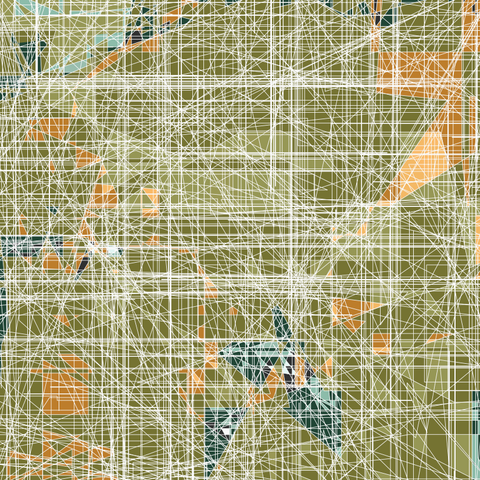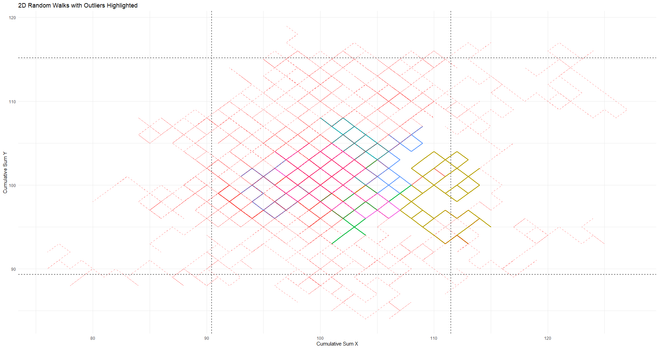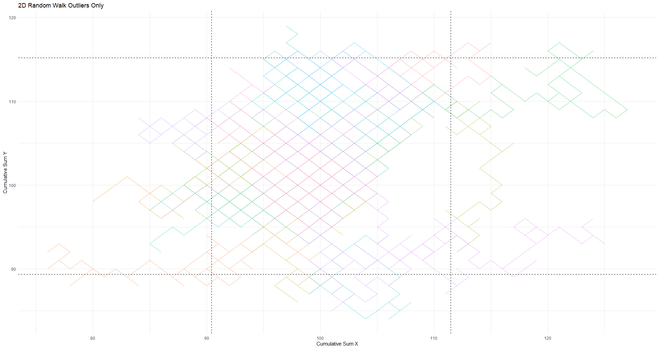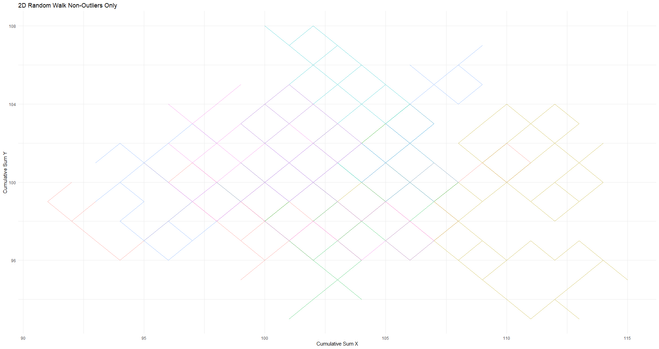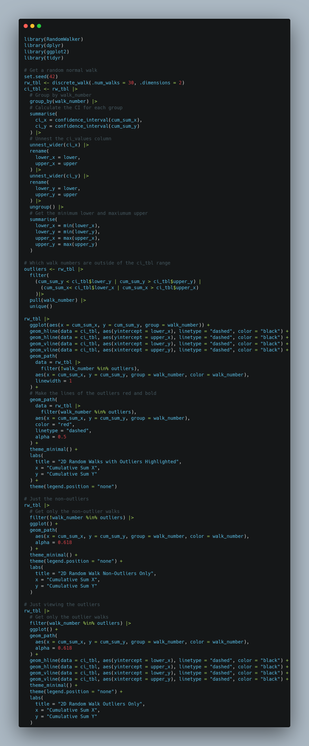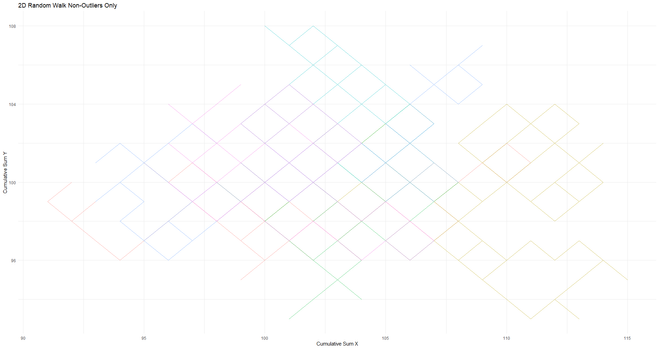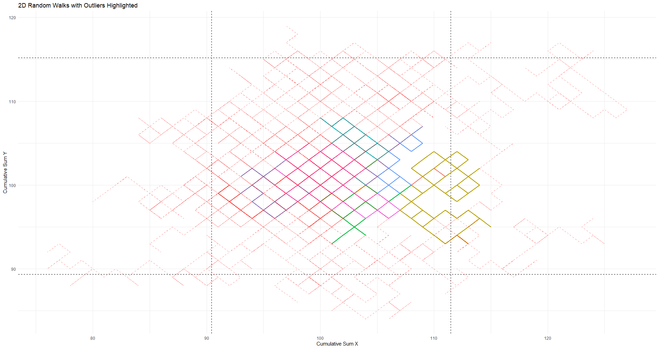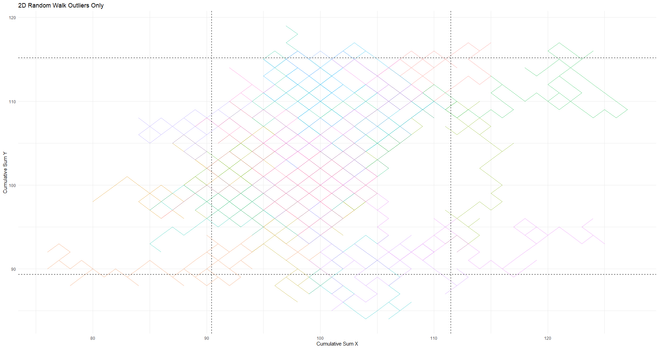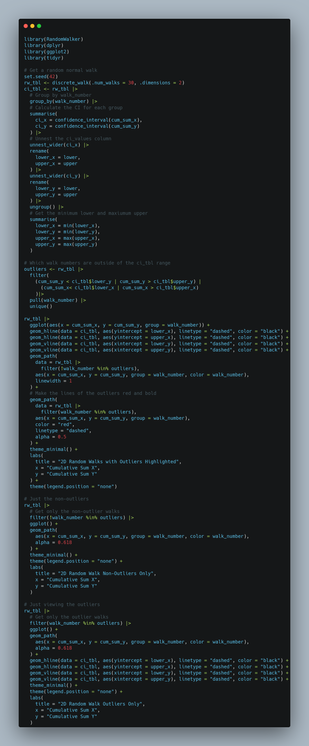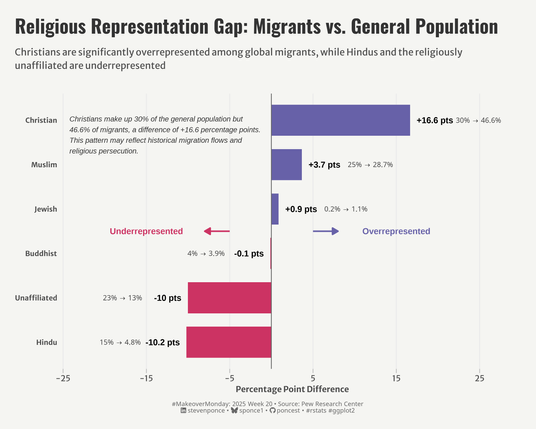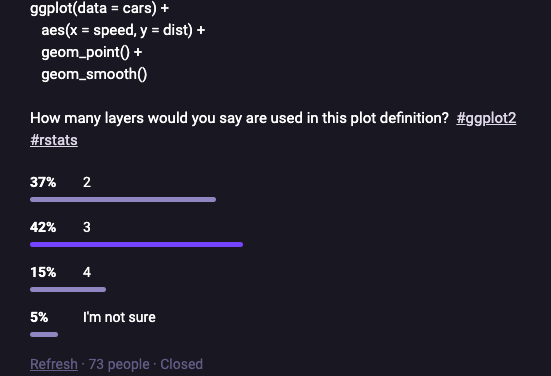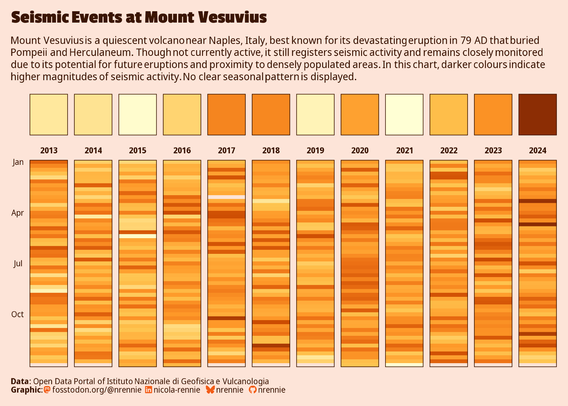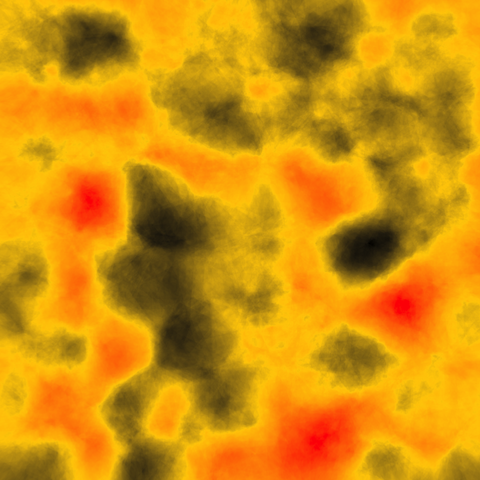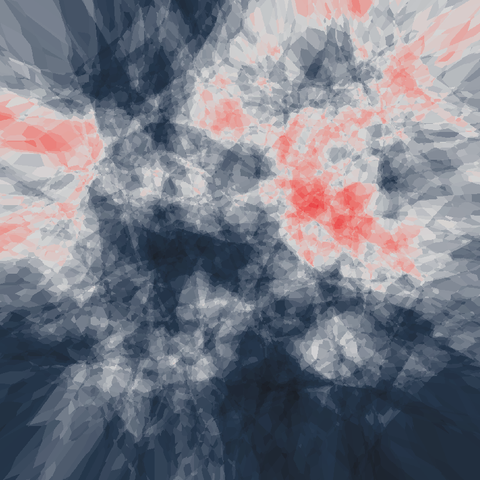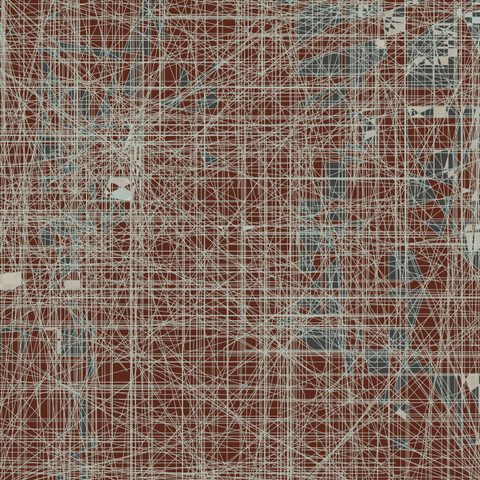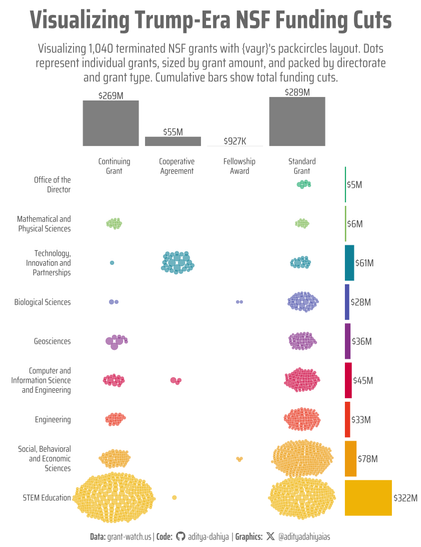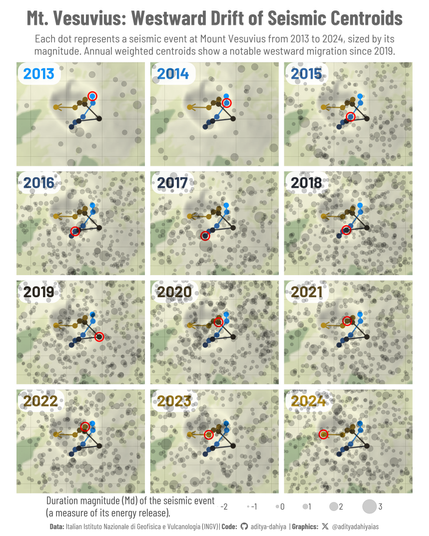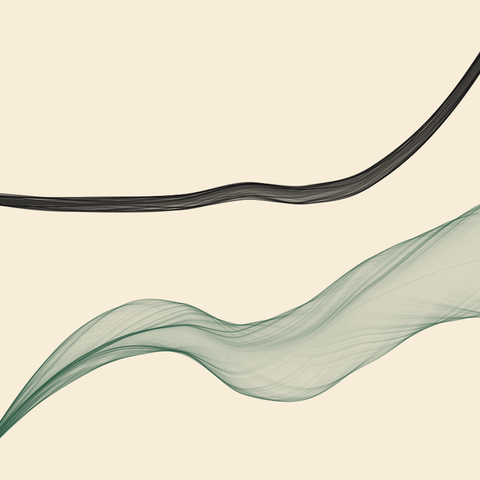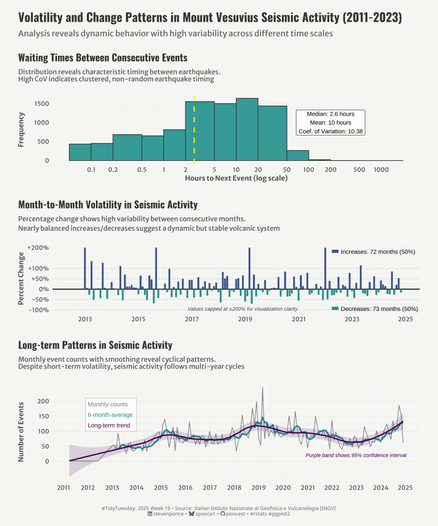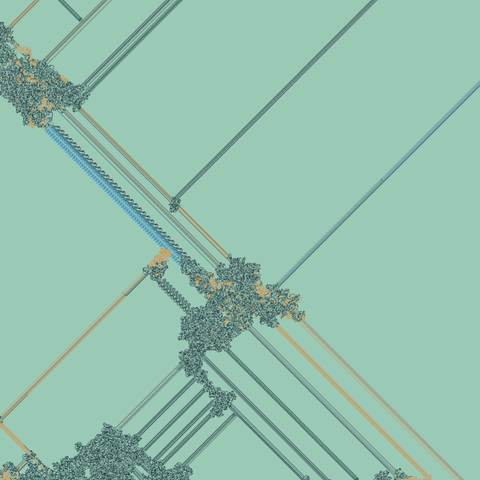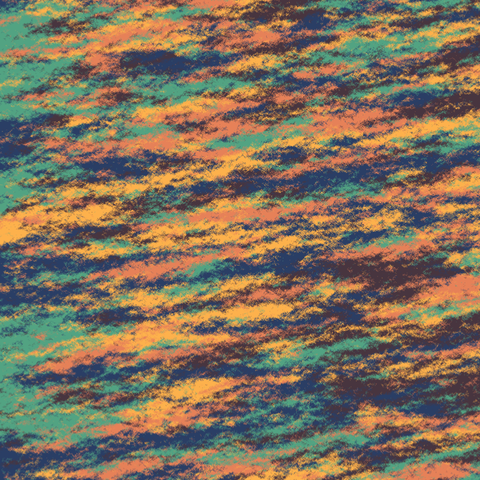#ggplot2
@geospacedman Yes, I think 'layer' is introduced in Hadley's #ggplot2 implementation. Thank you for looking this up and sharing!
Same as yesterday, but this time, making a 2D Discrete Random Walk with my #R #Package #RandomWalker
Same as yesterday, but this time, making a 2D Discrete Random Walk with my #R #Package #RandomWalker
📊 #MakeoverMonday – 2025 W20 | The Religious Composition of the World’s Migrants
.
🔗: https://stevenponce.netlify.app/data_visualizations/MakeoverMonday/2025/mm_2025_20.html
.
#rstats | #DataFam | #dataviz | #ggplot2
Amazing survey response! Looks like 3 is the winner - but was expecting 2 (geom_point and geom_smooth) or 4 (each line) to be more popular. Curious to hear about logic that gets us to 3 🙏🎈 #ggplot2
This week's #TidyTuesday data is all about seismic activity at Mount Vesuvius! 🌋
📊 Two heatmaps showing weekly and annual patterns
🩹 Joined with {patchwork}
🎨 Volcano inspired colour palette
Code: https://github.com/nrennie/tidytuesday/tree/main/2025/2025-05-13
Make your plots more stylish and visually appealing! The ggthemes package offers a variety of pre-built themes that help you customize the look of your ggplot2 visualizations, drawing inspiration from popular design standards.
The visualization shown here is from the package website: https://yutannihilation.github.io/allYourFigureAreBelongToUs/ggthemes/
More: https://statisticsglobe.com/online-course-data-visualization-ggplot2-r
#datascienceeducation #coding #visualanalytics #tidyverse #ggplot2 #package
Who are the #ggplot2 extenders? Here are some super-extenders (folks with 3 or more extension packages on CRAN). A growing number -- highlighted -- have presented or are scheduled to present at the ggplot2 extenders meetup!
#TidyTuesday Visualizing terminated NSF grants with {vayr} and {packcircles} algorithmic layout! 📊STEM Education hit hardest.
Code 🔗 https://tinyurl.com/tidy-nsf-grants
Data: https://grant-watch.us (@GrantWatch)
Tools #rstats #ggplot2 #vayr by Alex Coppock at https://alexandercoppock.com/vayr/index.html
#TidyTuesday 🗺️ Earthquakes at Mt. Vesuvius (2013–2024): Since 2019, they're shifting westward (annual weighted centroids).
Data: @INGV_press @libbyheeren.bsky.social
Full Code 🔗 https://tinyurl.com/tidy-mt-vesuvius
Made with #rstats {ggplot2} {ggmap} {terra}
#dataviz #ggplot2
📊 #TidyTuesday – 2025 W19 | Seismic Events at Mount Vesuvius
.
🔗: https://stevenponce.netlify.app/data_visualizations/TidyTuesday/2025/tt_2025_19.html
.
#rstats | #r4ds | #dataviz | #ggplot2

